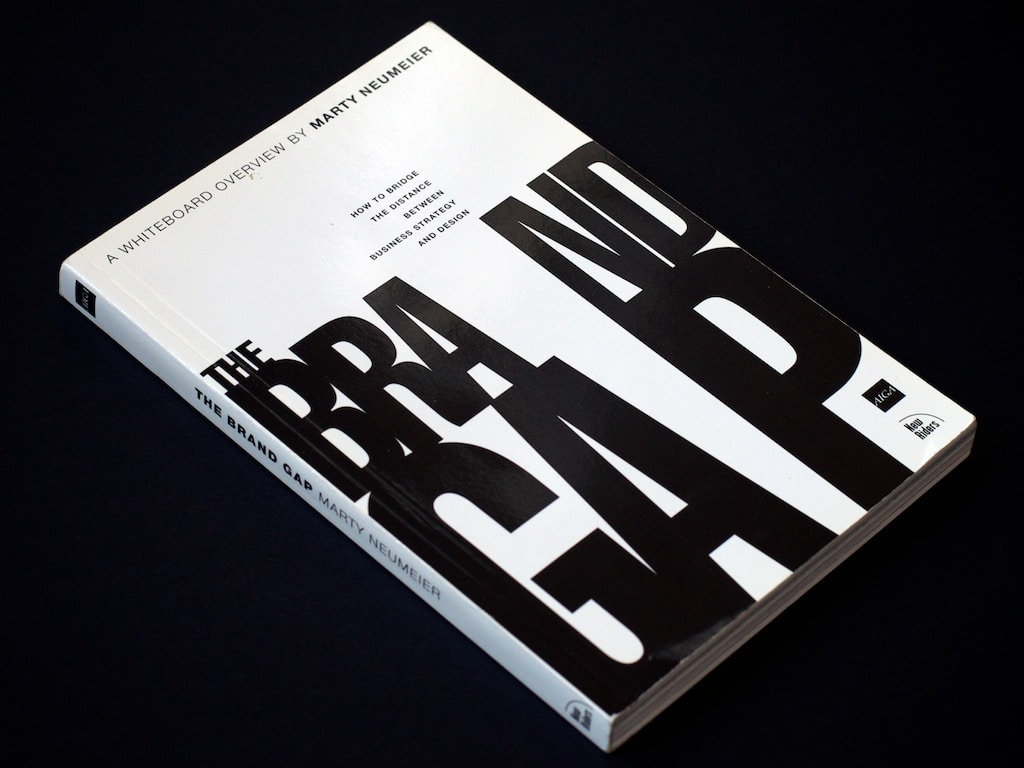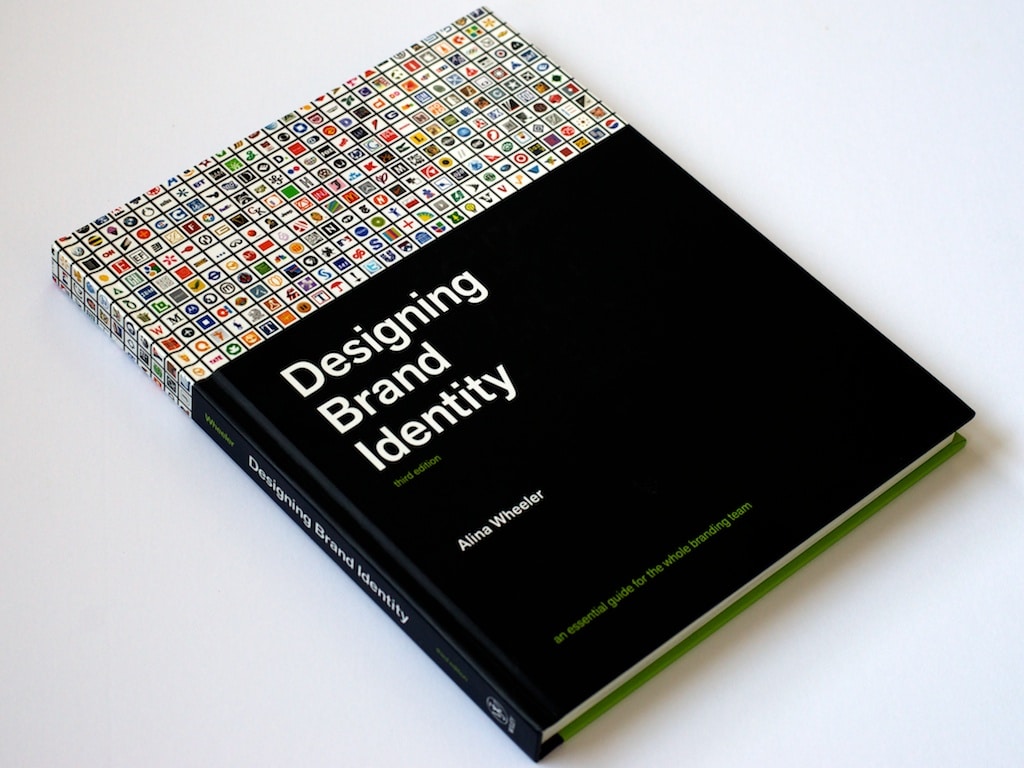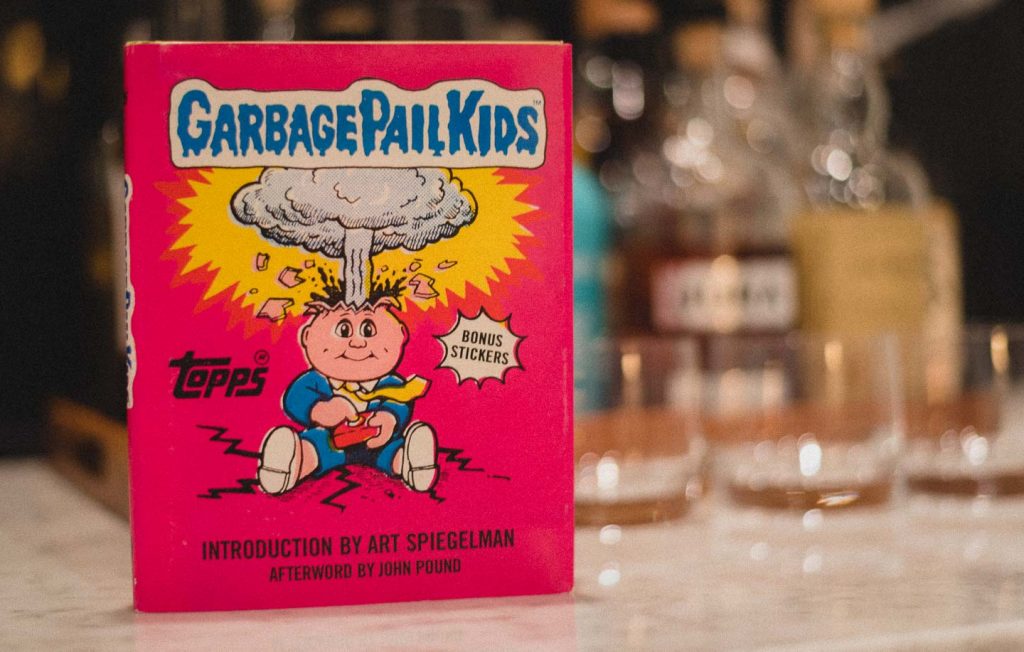
In 1986 my mother brought home two boxes: one full of envelopes, the other full of papers. She had a job for me, I was to stuff the envelopes with the papers/brochures (I can’t remember which), and lick them shut. I would be paid a penny for each, and there were literally thousands of them. I toiled away over many days that summer, eventually finishing the job. Weeks later, my mom brought home my pay, $20.00. A princely sum for an 8-year-old in 1986.
I was far from a tastemaker or influencer when I was eight. I always seemed to be behind the curve on whatever was coming down the pipe for kids my age, whether it was Airwolf or trading cards. I was even blindsided by Nintendo, not realizing that was a thing until way too late.
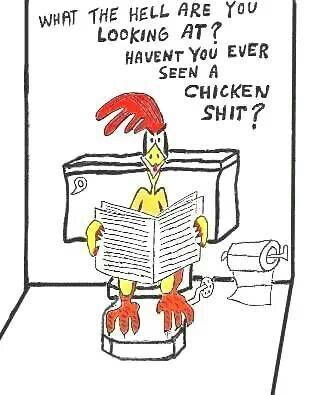
A friend’s brother had this t-shirt, and it was easily the coolest thing ever for a kid in the third grade.
While I wasn’t on the cutting edge of pop-culture at the time, I did have an appreciation for quality when I saw it, and Garbage Pail Kids was an instant must-have for me. Cabbage Patch Kids was a huge thing in 1986, and Topps created this parody of the dolls in response to the doll’s too-expensive licensing fees.
I begged my mother for some, but she steadfastly refused to spend money on such rubbish. “They’re disgusting,” she admonished me.
The only place you could get them was at a shady, dirty, arcade/candy store. In hindsight, it should have been a second home for me, but a lack of disposable income held me back. But not so, when I had all of that envelope money in my hand.
I quickly made my way to the store, money in hand, and Garbage Pail Kids stickers in mind. My disappointment that they were sold out was short-lived. As was the $20. I wasted no time in changing it in for a soda, some candy, and about 72 quarters. 20 Minutes later I walked out, worried what my mother would say about my squandered fortune (she was not impressed).
But 34 years later, I get the last laugh. For just $28.95, I get to own all of them. All things come to he who waits.
Now I just need to keep my kids away from this trash.
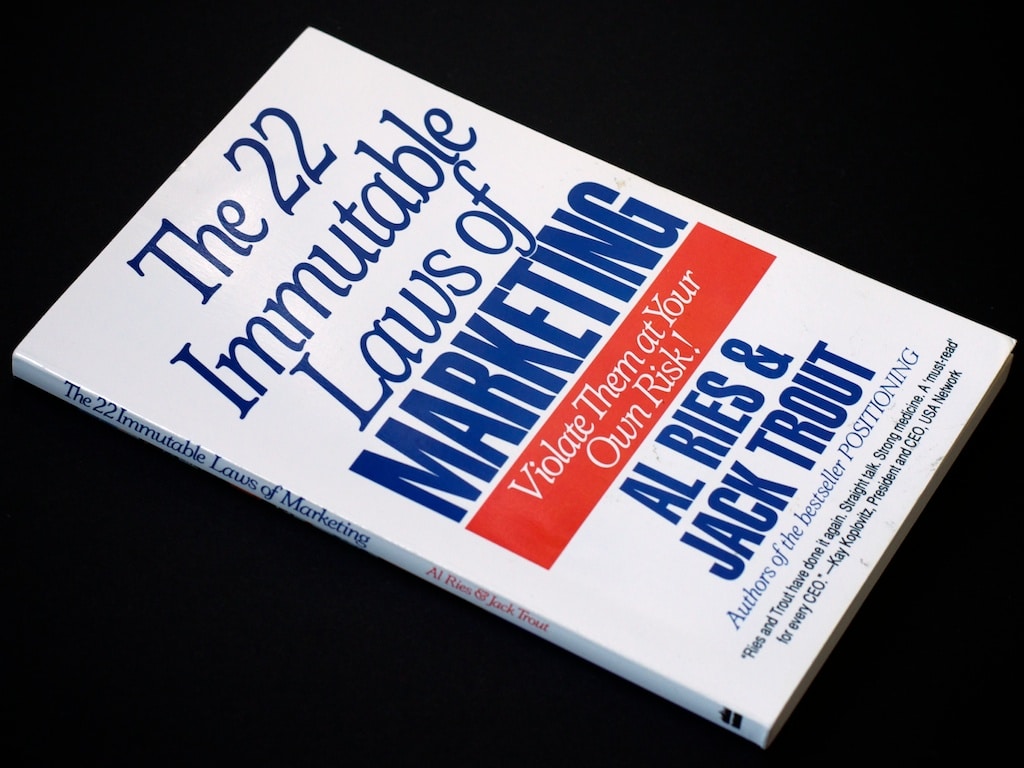
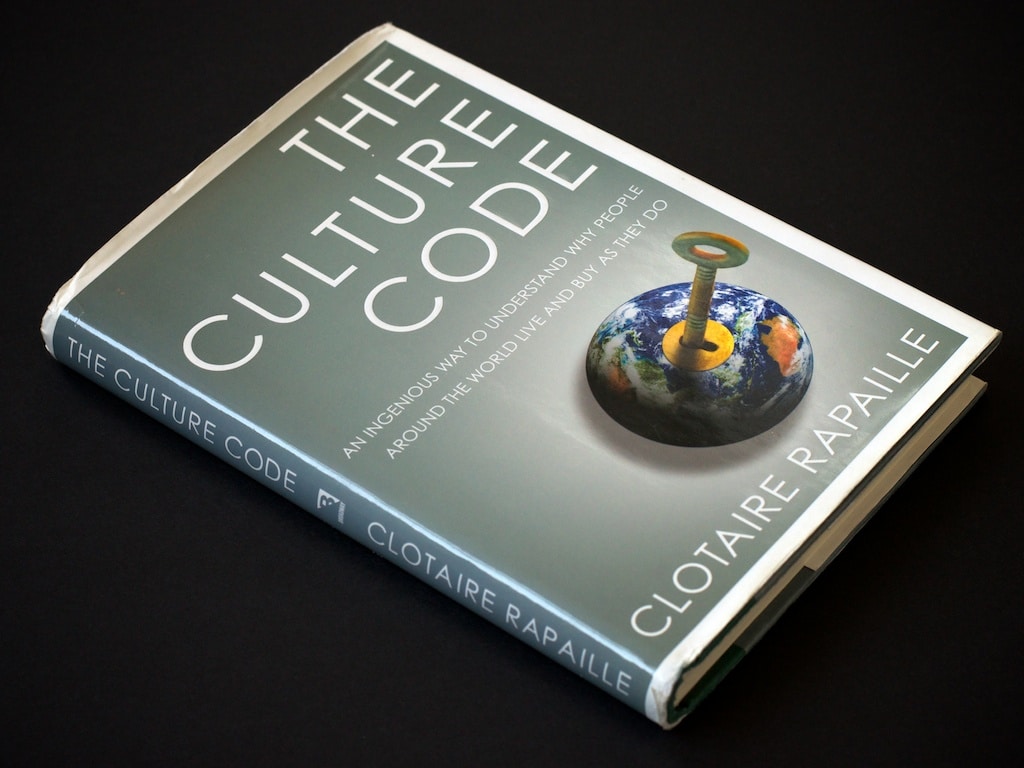 If you haven’t seen Rapaille’s appearance on Frontline, it’s well worth a look. He has some fascinating and insightful conclusions about the way people think and feel about some everyday topics, but it’s his view about focus groups that really stands out in my mind: No one is giving you honest answers, they’re too busy showing you how smart they are.
If you haven’t seen Rapaille’s appearance on Frontline, it’s well worth a look. He has some fascinating and insightful conclusions about the way people think and feel about some everyday topics, but it’s his view about focus groups that really stands out in my mind: No one is giving you honest answers, they’re too busy showing you how smart they are.